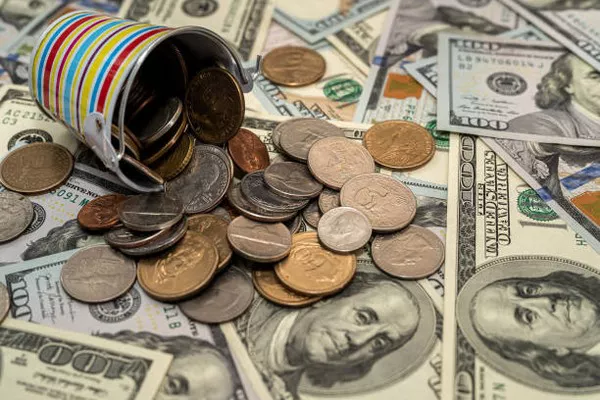On Wednesday, the Japanese yen slid to its lowest level in four weeks against the dollar, as increasing U.S. yields prompted investors to resume carry trades in placid markets. Meanwhile, the euro weakened following German inflation data.
The dollar reached highs of 157.41 yen early in the day, nearing levels that previously triggered potential intervention from Tokyo at the end of April and early May, albeit at a slower pace compared to last month. It was last seen at 157.10 yen, maintaining stability for the day.
Simon Harvey, head of FX analysis at Monex Europe, commented, “Generally across Asian currencies, that relief rally post-CPI is starting to fade, as U.S. easing expectations are trimmed and some rocky bond auctions cause yields to climb back up, placing the yen and Chinese yuan under pressure.
Despite slightly softer U.S. consumer price inflation data earlier in the month, U.S. Treasury yields resumed their ascent, with benchmark 10-year yields reaching their highest level in nearly four weeks at 4.57%. Lackluster auctions of two-year and five-year notes, alongside unexpectedly improved U.S. consumer confidence in May, were the driving factors.
The dollar recorded a 0.09% increase against the offshore-traded yuan at 7.270.
Harvey noted, “That continued weakness in the yuan is having knock-on effects on G10 currencies. Today’s Australian inflation data should have been overwhelmingly positive for the Australian dollar.
Despite Australian consumer price inflation unexpectedly rising to a five-month high in April, the China-exposed Aussie dollar remained unchanged at $0.6653.
In addition to yen movements, carry trades also influenced the currency’s performance, with investors borrowing in low-yielding currencies to invest in higher yielders.
Meanwhile, the euro weakened following German regional inflation data indicating low month-on-month inflation in major regions, albeit higher on a year-on-year basis. The common currency last traded 0.2% lower at $1.0838 and softened against the pound, declining 0.3% to 84.84 pence, marking its lowest level in nearly two years.
Germany is set to release its national inflation data later in the day, providing insights into Friday’s euro zone release. However, attention may shift to the U.S. PCE inflation data, the Fed’s preferred reading, also scheduled for the same day.
Conversely, the pound remained flat against the dollar at $1.2762, following a two-month high the previous day, resulting in the dollar index edging up by 0.1% to 104.77.


